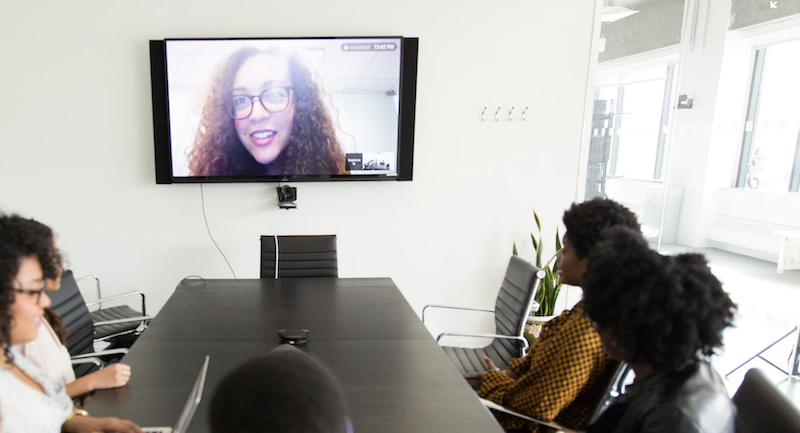Published – 19 November 2019 By Gavin Beever
Online networking is now an important opportunity and component of many modern day extension programs. In extending information and assisting with practice change, it’s often all about the relationships that provide the environment for success.
Network Literacy is an emerging field that is providing people with the means to effectively network online.
Online networking is one way of establishing and/or maintaining the relationships needed to achieve the objectives of extension programs or projects. The opportunities for online networking are expanding rapidly as people’s connectivity improves and their access to hardware – particularly smart phones that can support the online tools, are improving.
The importance of networking in extension is covered in this article, click here.
Supporting people in developing their network literacy has four key components:
- Ensuring they have sufficient connectivity or bandwidth
- Ensuring they have the right sort of hardware to support the necessary software
- Providing software solutions (tools) that will meet their online networking needs
- Upskilling them in the use of online tools
Connectivity
Megabits-per-Second (Mbps) is the unit for measuring your Internet speed. When assessing your internet speed it most important to assess how you use your connection. Connectivity is like a water pipe, the more devices (people) that are using it at the same time, the slower the connectivity may be for every device. Learn more about what levels of connectivity you need, how you can test your level of connectivity and ways you can improve it by clicking here.

Online Tools to Help in Project Management and Coordination

There are some great online tools that can assist with communication, extension planning, document sharing, monitoring and review and archiving amongst team members, for more information, click here.
Tools for Online Networking
There a number of online applications that can be used for networking, here is a blog on 30 options, click here. Two often used ones are:
FaceBook Groups
Facebook groups are a great way to keep connected and share updates and information and they are easy to create.
It is useful that Groups can be set to different privacy settings: Secret – Private and hidden in a search; Closed – Private and visible in a search; Public – Public and visible in a search.
Meetup
Meetup is an online application that can be used for group formation and it hosts in person events. Groups have a different topic, size and rules and any user of Meetup can organise a group.
Meeting Online
Video conferencing is a great way to meet virtually. The advantage being you can see people in real time and in doing so read their body language and feel much more engaged and connected than a voice call. Some key software video conferencing tools are: Zoom Meetings and Google Hangouts
Here are some tips on Video Conferencing etiquette that will make meetings more successful:
- In webinars or video meetings, you can’t speak over people. If you have an immediate comment or question. Use the chat box
- In webinars and video meetings, turn your webcam on. Seeing people really adds value to the experience. Be aware of lighting and background
- If you wouldn’t say it face to face, don’t say it or write it online. Keep your reputation and respect for others. Sometimes you have to be more patient online
- Be forgiving and validate, it is easy to misinterpret short snippets of conversation
- Intense, contentious, sensitivities are involved or it’s very important? Visit or call a person individually and follow up, rather than pursue a sensitive issue in a group setting
- Having a facilitator that records the meeting notes in the chat box, is a great way to keep the flow and context going in the meeting and record meeting notes
The way people are communicating and doing business is changing more and more to having online aspects. A suite approach to achieving extension outcomes, that involves some online engagement, is fast becoming a preferred and effective approach.
For more information
The Importance of Networks in Extension
Online Tools for Helping in Extension Project Management

